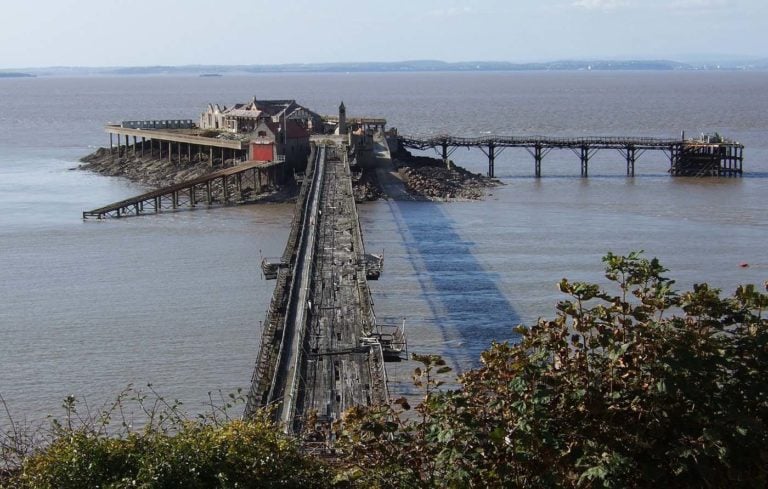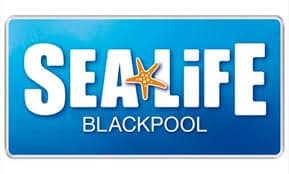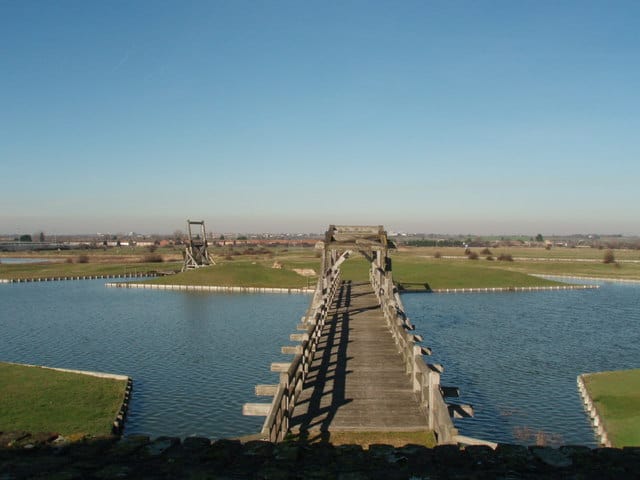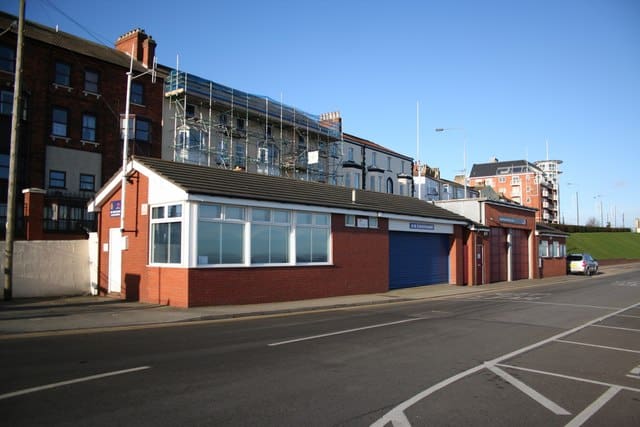See & Do Map
Loading...
No Records Found
Sorry, no records were found. Please adjust your search criteria and try again.
Maps failed to load
Sorry, unable to load the Maps API.
Popular See & Do
Showing See & Do 37-48 of 2120
Sir Thomas and Lady Dixon Park cover more than 128 acres the park is made up of rolling meadows, copses, woodland and Read more…
Place Tags: Outdoors - Nature
Caerhays Castle was designed by John Nash at the start of the 19th century, there are the Gardens and parkland Read more…
Place Tags: Castles and Forts
Birnbeck Pier is unusual in that it links the mainland with Birnbeck Island, a 1.2 hectares (12,000 m2) rocky island. Read more…
Place Tags: Piers
One of the UK’s best known aquariums the Blackpool SEA LIFE centre houses Europe’s most comprehensive collection of tropical sharks. Read more…
Place Tags: Aquariums
Tilbury Fort, artillery fort protected London’s seaward approach from the 16th century through to World War II. Henry VIII built Read more…
Place Tags: Castles and Forts and History - Heritage
Sheerness lifeboat station was established in 1969 and operates inshore and all weather lifeboats. Station is open by appointment only, Read more…
Place Tags: Lifeboats
Chantries, small chapels for travellers were common in medieval England. This Chantry at Morpeth is one of the few to Read more…
Place Tags: Museums
Gainsthorpe Medieval Village is a must to visit if you’re in Lincolnshire! This historic site is of an actual deserted Read more…
Place Tags: History - Heritage
Blennerville Windmill is a working tower mill in Blennerville, and the tallest of its kind in Europe at 21.3m high. Read more…
Place Tags: History - Heritage
Cleethorpes lifeboat station was established in 1868 and operates an inshore lifeboat. Cleethorpes Life Boat Station is funded by people Read more…
Place Tags: Lifeboats
Galway lifeboat station is one of the newer lifeboat stations, established in the 1990s. The station operates an inshore lifeboat. Read more…
Place Tags: Lifeboats
Wellington Pier in Great Yarmouth on the Norfolk coast is an entertainment complex with an amusement arcade, bowling alley and Read more…
Place Tags: Piers
Showing See & Do 37-48 of 2120








